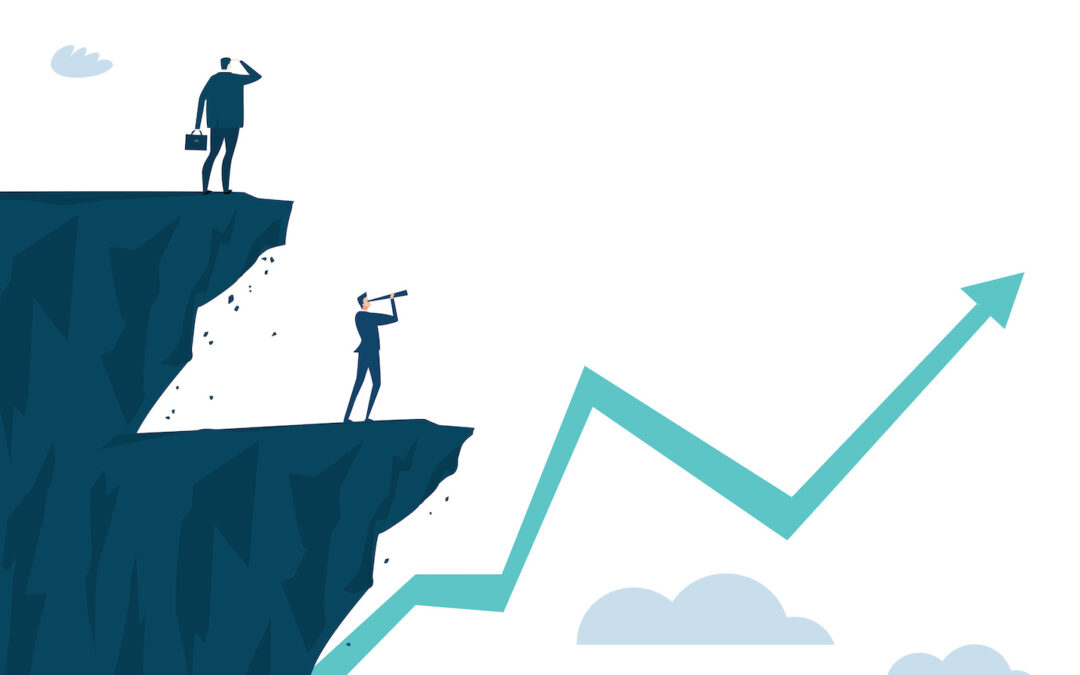Australia is approaching peaks in annual economic growth and inflation probably in Q3 and possibly in Q4. One problem facing the RBA and what it may need to do to the official cash rate is that it will not know how high those peaks are until the data releases – late October for the Q3 CPI or late January 2023 for the Q4 CPI and early December for Q3 GDP or early March 2023 for Q4 GDP. Those dates, extending as much as 6 months away are when the RBA will have to hand a good indication of the size of the immediate inflation problem it is trying to tackle and the extent of excess demand beyond supply capacity that may keep inflation bubbling after it has peaked and fallen.
The RBA does not have to wait for growth and inflation information to try and determine where both may travel both in their peaks and their likely sharp slide beyond, but trying to forecast the peaks let alone the slide beyond is proving unusually difficult for the RBA and every other analyst.
A brief review of the RBA’s quarterly economic forecasts this year illustrates the difficulty facing forecasters. The RBA has published three sets of quarterly economic forecasts this year in February, May and August. Annual growth forecasts for GDP for December 2022 and December 2023 in February were respectively 4.25% and 2.0%; in May were 4.2% and 2.0%; and in August are 3.2% and 1.8%.
The changes have been much bigger for the RBA’s annual CPI inflation forecasts. In February for December 2022 and December 2023 they were respectively 3.25% and 2.75%; in May were 5.9% and 3.1%; and in August are 7.8% and 4.3%. These large upward revisions to the RBA’s inflation forecasts have led it to admit that it has underestimated inflation pressure this year resulting in a move from guidance of no rate hike before 2024 early this year to an about face and rush to catch up to rising inflation with four consecutive rate hikes starting at the May policy meeting and taking the cash rate from 0.10% to 1.85% currently.
The RBA still has some more catching up to do based on its August forecasts of inflation and economic growth. When annual CPI inflation peaks in Q4 2022 around 7.8% according to the latest RBA forecasts, the slide beyond will be pronounced but will leave annual inflation above 4% in Q4 2023 before moderating on their forecasts to 3%, top of target band, at the end of 2024. These inflation forecasts are also predicated on the cash rate lifting further towards 3.00% over the next few months.
The main force assisting the deceleration of inflation will be moderating growth in GDP, more specifically aggregate demand. If annual GDP growth peaks lower than forecast in the near-term and moderates more sharply beyond, inflation will moderate more than currently forecast through 2023 and theoretically the RBA can get away with hiking the cash rate less over the next few months. The opposite is true if aggregate demand is running more strongly and for longer than the RBA is forecasting currently.
Trying to judge how GDP growth and aggregate demand are travelling in Q3 is difficult. Pent up demand is still in play after the easing of covid restrictions, especially demand for services. While wages are not keeping pace with inflation, jobs are plentiful and unemployment and underemployment are very low. Set against these factors supporting spending, higher interest rates are starting to cut in to housing activity and present a budget constraint for mortgage holders.
At this stage, household spending in aggregate appears to be holding up. Ahead of Q3, back in Q2, real retail spending accelerated to 1.4% q-o-q and is one factor pointing to strong Q2 GDP growth (due in early September). There is a likelihood that annual GDP growth could accelerate from 3.3% y-o-y in Q1 to nearer 4% in Q2 (RBA August forecast for Q2 GDP, 3.5% y-o-y).
If GDP growth is close to 4% in Q2, the RBA’s 3.2% y-o-y end 2022 GDP forecasts starts to look too low. A higher near-term GDP growth peak implies greater demand pressure for longer on inflation. That may not necessarily show in a higher inflation peak this year but will show in slower reduction in annual inflation in 2023 and 2024.
The uncertainties surrounding the peaks for growth and inflation plus how big a cliff sits beyond in 2023 and 2024 make it unusually difficult to call the monetary policy moves by the RBA from here. The prevailing view is that the RBA lifts the cash rate expeditiously over the next two or three months to 2.60% or perhaps closer to 3.00% and then rests at this perceived “neutral” rate for towards a year beyond before easing gently from late 2023.
This cash rate view rests on economic forecasts that are likely to be buffeted as more economic information comes to hand. In the near-term, strong aggregate demand still has momentum, likely to show in the Q2 GDP report in early September. The odds still favour the RBA delivering another 50bps rate hike at its early September policy meeting rather than dialing down to 25bps.

